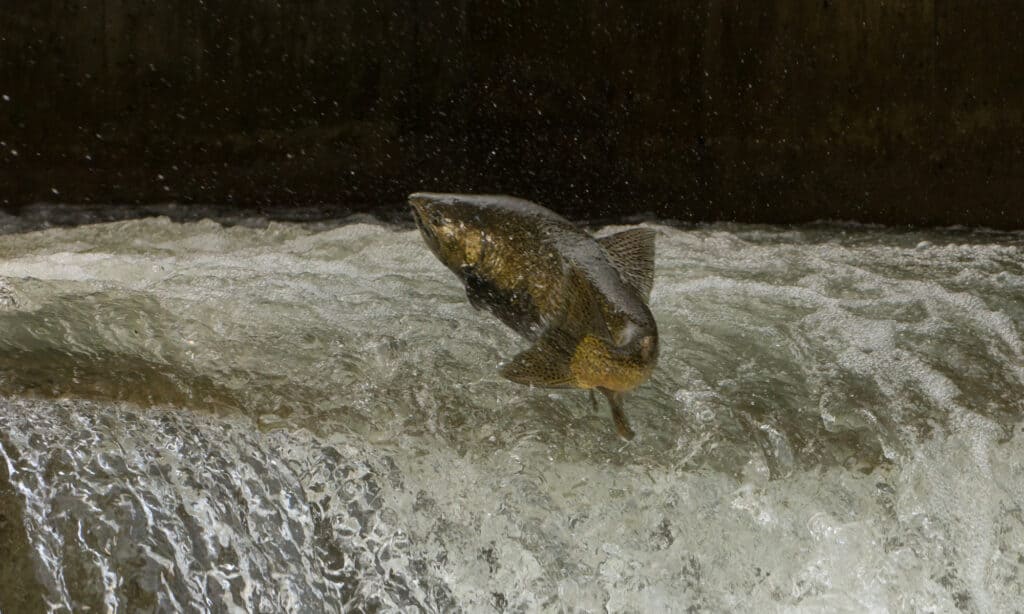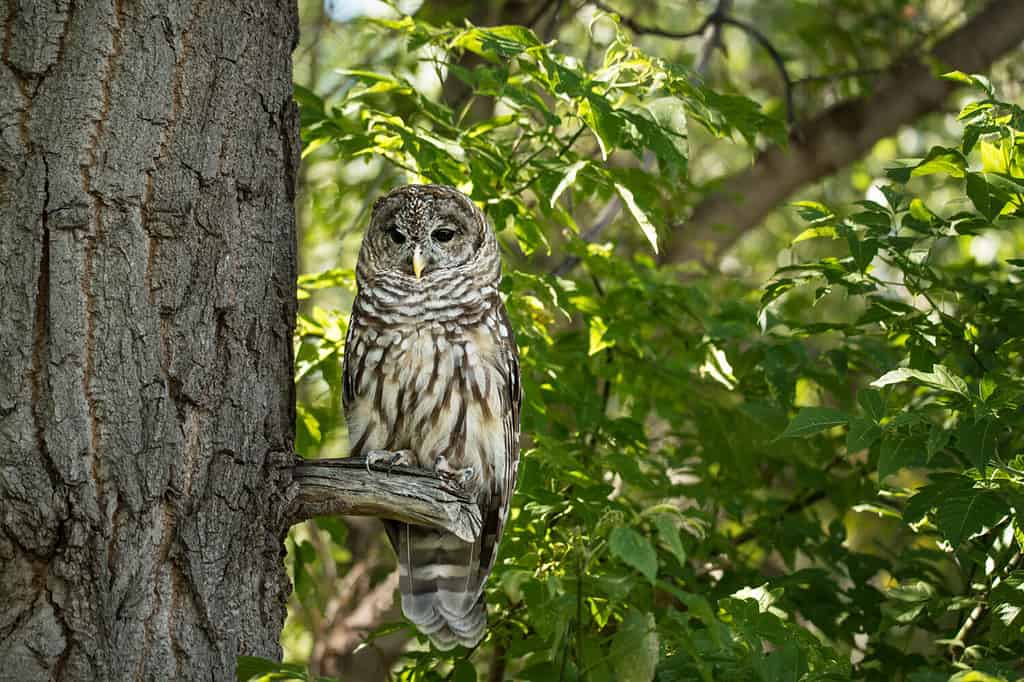The gorgeous Clackamas River snakes through Northwestern Oregon. While it is nowhere near as long as the mighty Columbia River, the longest river in Oregon, it is still notable for many reasons. One of these is its lush old-growth forests, which are crucial habitats for several species. Additionally, it provides clean drinking water to over 300,000 people, according to the Clackamas River Water Providers. Finally, it is a popular area for recreational activities such as whitewater rafting and is home to an annual rafting festival. Although it is one of the shorter rivers in Western Oregon, a notoriously wet region, the Clackamas River is hugely important for both humans and wildlife.
This article covers the length and location of this interesting river, including where it starts and ends. Additionally, it explores how its length compares to that of other rivers in Oregon. Finally, it describes some of the amazing wildlife living in and around the river and the exciting recreational activities it offers.

The Clackamas River flows from the Cascade Mountains to the Willamette River near Portland.
©Victoria Ditkovsky/Shutterstock.com
How Long Is the Clackamas River?
The Clackamas River is 83 miles long from its headwaters in the Cascade Mountains to its mouth at the Willamette River near Portland. It drains a massive 940-square-mile basin in northwestern Oregon. Let’s explore where the river starts and ends.
Where Does it Start?
The Clackamas River begins in Mt. Hood National Forest, around 60 miles southeast of Portland, OR. Its exact source lies at 4,909 feet elevation on the western slope of Olallie Butte, a 7,219-foot-tall volcano in the Cascade Mountains. The headwaters sit just south of the Lower Lake (Olallie Lake) Campground.
Where Does it End?
The Clackamas River empties into the 197-mile-long Willamette River near Oregon City, in the southern Portland metropolitan area. Then, the Willamette River flows another 25 miles before joining the mighty Columbia River. The Columbia River, a massive 1,243-mile-long river, flows another 101 miles before emptying into the Pacific Ocean at Oregon’s border with Washington State.
How Does the Clackamas River Compare to Other Oregon Rivers?
At 1,249 miles long, the mighty Columbia River is the longest in Oregon. The Clackamas River ultimately flows into the Columbia River via the Willamette River. However, at just 83 miles long, the Clackamas River is 1,166 miles shorter than the Columbia River.
The Willamette River is a major tributary of the Columbia River and another one of the longest rivers in Oregon. It is 187 miles long, which means it is 104 miles longer than the Clackamas River.
Ecology
The Clackamas River and the old-growth forests it weaves through provide crucial wildlife habitat. In 2009, the U.S. Congress designated the Clackamas Wilderness, which is 9,465 acres of land along the river. The wilderness contains five separate forest areas along 50 miles of the river’s course through the Cascade Mountains. One of these areas is the old-growth forest Big Bottom, where massive western redcedar, Douglas fir, and grand fir trees tower over the landscape.
Let’s explore some of the amazing animals that live in the old-growth forests on the Clackamas River.
Chinook Salmon (Oncorhynchus tshawytscha)

Chinook salmon are usually silver, but they change color to green, red, or purple for the spawning season.
©Evan Linnell/Shutterstock.com
The Chinook salmon are anadromous fish native to the Pacific Ocean. Anadromous means migratory, as these fish travel from the freshwater in which they are born to the ocean, then back upstream to spawn. Chinook salmon migrate through the Clackamas River from March to mid-October.
Northern Spotted Owl (Strix occidentalis caurina)

Northern spotted owls are one of the three spotted owl subspecies.
©Georgia Evans/Shutterstock.com
The northern spotted owl is a rare bird native to the Pacific Northwest. It is a subspecies of the spotted owl, which is listed as Threatened by the International Union for Conservation of Nature (IUCN) due to habitat loss and competition with non-native species such as the barred owl. Northern spotted owls require old-growth forest habitats where they nest in large trees. In 1991, a court order prevented further logging of National Forests that are home to northern spotted owls.
Red Tree Vole (Arborimus longicaudus)
The red tree vole is a small rodent native to Oregon and California. They nest in Douglas fir trees, which also make up a large portion of their diet. Red tree voles are listed as Near Threatened by the IUCN due to habitat loss and fragmentation. Additionally, red tree voles are an important food source for the northern spotted owl.
What To Do On the Clackamas River
The Clackamas River boasts an abundance of recreational activities. Visitors can hike, camp, fish, or whitewater raft on this stunning river. Several National Forest campsites and trails exist along the river. Each spring, the Upper Clackamas Whitewater Festival takes place in Mt. Hood National Forest.
Where Is the Clackamas River Located On a Map?
The Clackamas Highway (Oregon Route 224) runs along the Clackamas River from the small town of Ripplebrook in the Cascade Mountains to Milwaukie, a southern suburb of Portland.
The photo featured at the top of this post is © Victoria Ditkovsky/Shutterstock.com
Thank you for reading! Have some feedback for us? Contact the AZ Animals editorial team.






